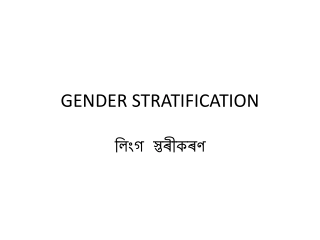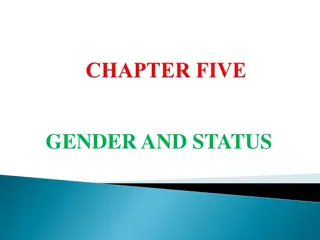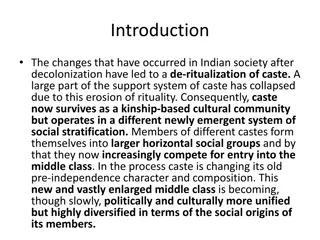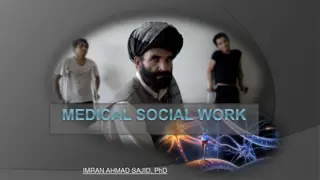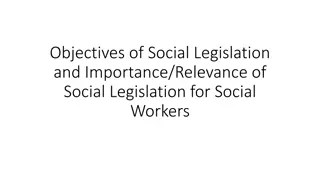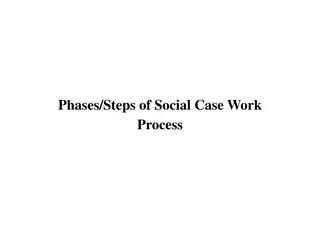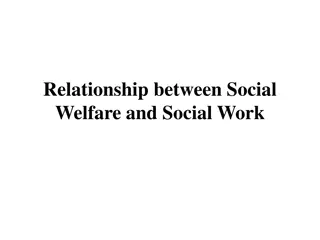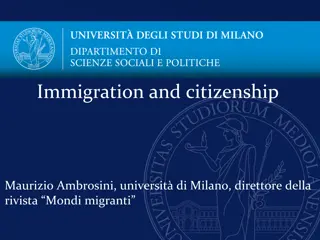SOCIAL STRATIFICATION
Social stratification categorizes individuals based on factors like wealth, education, and power. Caste systems, as seen in India, are closed and ascribed by birth, while class systems are open and based on achievement. This comparison highlights the differences between the two systems and their impact on societies.
Download Presentation

Please find below an Image/Link to download the presentation.
The content on the website is provided AS IS for your information and personal use only. It may not be sold, licensed, or shared on other websites without obtaining consent from the author.If you encounter any issues during the download, it is possible that the publisher has removed the file from their server.
You are allowed to download the files provided on this website for personal or commercial use, subject to the condition that they are used lawfully. All files are the property of their respective owners.
The content on the website is provided AS IS for your information and personal use only. It may not be sold, licensed, or shared on other websites without obtaining consent from the author.
E N D
Presentation Transcript
SOCIAL STRATIFICATION ( ) UNIT-I: INTRODUCING STRATIFICATION
INTRODUCTION Social stratification refers to a society s categorization of its people into rankings based on factors like wealth, income, education, family background, and power. , , , , The members of every society are considered superior-inferior, equal, etc. on the basis of different factors. - , However, sociologists recognize social stratification as a society-wide system that makes inequalities. Sociologists distinguish between two types of systems of stratification. Closed systems accommodate little change in social position. They do not allow people to shift levels and do not permit social relationships between levels. Open systems are based on achievement and allow for movement and interaction between layers and classes.
THE CASTE SYSTEM(Closed System) Caste systems are closed stratification systems where people can do little or nothing to change the social standing of their birth. The caste system determines all aspects of an individual s life: occupations, marriage partners, and housing. : , , People were expected to work in an occupation and to enter into a marriage based on their caste. The caste system in India has been officially dismantled, but is still deeply embedded in Indian society, particularly in rural areas.(Honour Killing) ( )
THE CLASS SYSTEM(Open System) A class system is based on both social factors and individual achievement. Unlike caste systems, class systems are open. , They can also socialize with and marry members of other classes.
CASTE VS CLASS Caste(status) is ascribed by birth which can never be changed. Where as class is achieved by the individuals. ( ) Caste system is particular as it can only be seen in India. Where as class is universal. Caste is a closed system and Class is an open system. Relations are limited in caste system where as in class system individuals are more free. Social distance is maintained in between different caste and in class less social distance can be observed.


